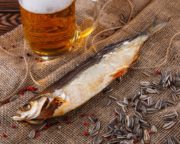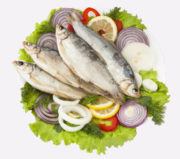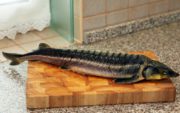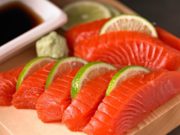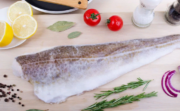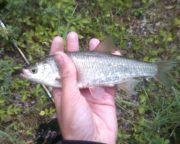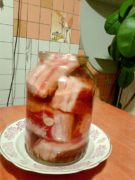How to deliciously salt chekhon for drying
Chekhon is especially appreciated by lovers of dried fish. In general, sanitary fish can be fried, stewed, or made into fish soup, but the most delicious is dried saber fish, and this is not discussed. And for it to be really tasty, you need to know how to properly pickle saber fish before drying.
They say that there are specimens weighing 2.5 kg, but this is rather rare. Most of our fishermen are accustomed to sabrefish weighing 200-250 grams, and this is the ideal size for salting and drying. The small size of the fish allows the fish to be quickly salted and dried just as quickly.
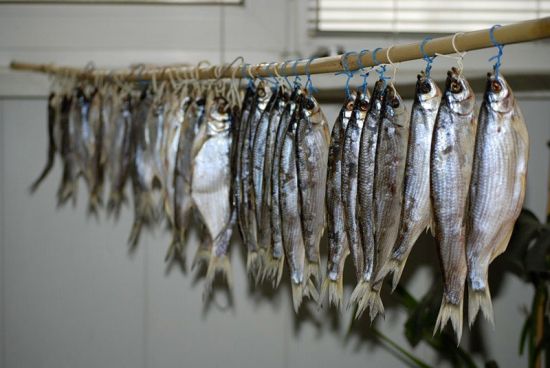
Fish must be cooked immediately after catching. Do not wait until the next day, otherwise the fish may spoil. Salting will not take much time, and even a child can handle it.
Before salting, the fish must be washed. This is necessary to wash off sand, algae and river/lake water from it.
Some recommend cutting open the abdomen and removing the entrails, but this is only suitable for large individuals. There is no need to gut small fish so as not to damage the fat that is located in the fish’s abdomen. Chekhon is already quite dry, and it is advisable to save this small area of fat.
The same goes for cutting out gill plates. The gills may taste bitter, but only in large specimens. Small sabrefish do not have this bitterness, and all preparation for salting is limited to washing the fish and finding a suitable container.
It is convenient to salt saber fish in a bucket. Place the washed fish in a bucket, sprinkling it with salt at the same time.You can’t save money here, and use at least a glass of salt for every kilogram of fish.

After the last layer is laid, the fish should be pressed down with oppression. Place a wooden circle on top of the fish and place a heavy weight.
In the hot season, it is better to salt saber fish in a cool place. Salting time depends on the size of the fish, and varies from one day to five.
When salting fish, make sure that it does not spoil. Water will appear, but this is normal, there is no need to drain it, and the fish will be salted much better in its own brine. Some people prefer dry salting and make holes in the bottom of the bucket so that the resulting liquid drains out immediately. This option is also possible, but subsequently, such fish will be too dry and tough.

The finished salted saberfish will shrink somewhat in size and become denser. Try the fish on the bend, and if it bends a little tightly, then the saber fish has already been salted enough, and you can start for drying.
How to salt saber fish, watch the video:

